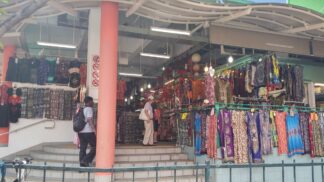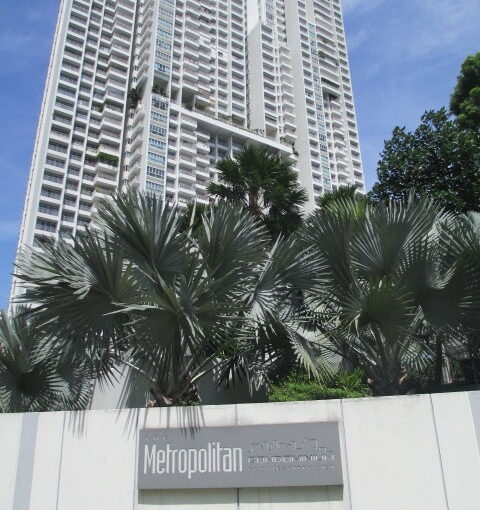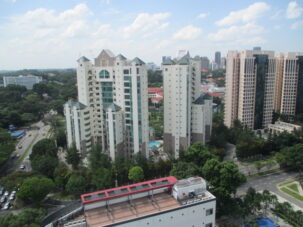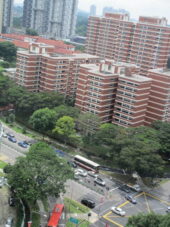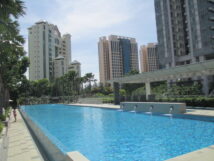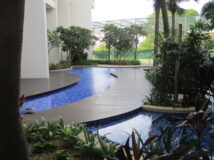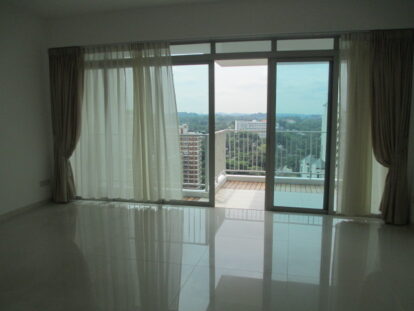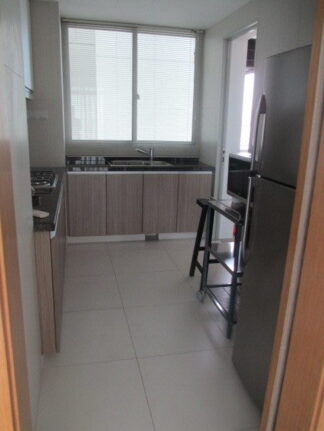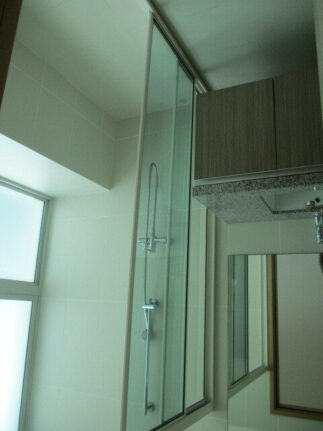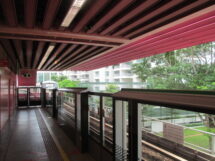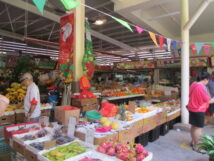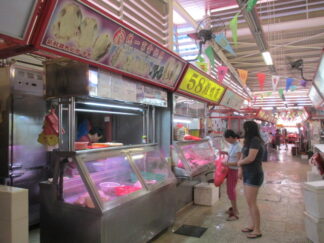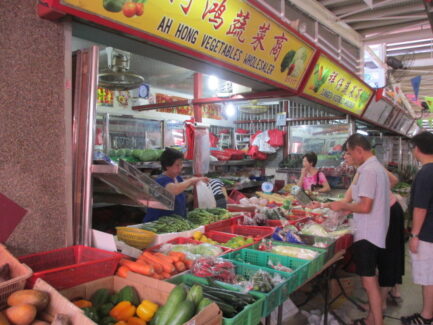After our eight day excursion in Sydney, Albert and Alan (see Sydney blog about these fellows) drove Gene and me to the Blue Mountains two hours away in their Bentley. They took us to many vistas in Leura and Katoomba which were easily available by car and we walked out to the points. The Blue Mountains are indeed blue. A very serene sight although there are a lot of tourists, primarily Chinese in tour buses, but being winter it wasn’t quite so busy (see photos below text).
We particularly enjoyed a long hike along the Prince Henry Cliff Walk and then hiked back to town. Half way along the trail we were surprised to come upon an emergency rescue crew who were retrieving the body of a man who fell off the cliff a few hours earlier. Few of the natural environments we visited in Asia Pacific or South East Asia had the restraints or restrictions that are prominent at US sites; you have to be extra careful.
We stayed two nights in Leura, a quaint town with great coffee shops, restaurants, and unusually good shopping! I mean inspiring art galleries, handmade furniture, woven clothing and creative jewelry. Yeah, no tourist stuff, no t-shirts, fridge magnets, nothing but some postcards at the post office. The attractions with the vistas, cable cars, trams etc. actually have lots of nice souvenir stuff, but it seems to be limited to those businesses.
We went to dinner at the Alexander Hotel and the food was so good we ate there both nights; the food reminded me of Fyfe’s and it was quite cold so we didn’t want to go far. After dinner we went to the hotel’s nearly empty bar and had scotch and warmed up at the fireplace. Two young blokes were watching Rugby and Gene asked them if they could explain the major points of the game and they were happy to oblige. Then they asked us, as in Gene, about some of the rules of American football and she was able to educate them in return. Now, I have a better understanding of both of these sports!
The last day we caught the train back to Sydney sitting on the top level and took it back to the Sydney Harbour.




















































